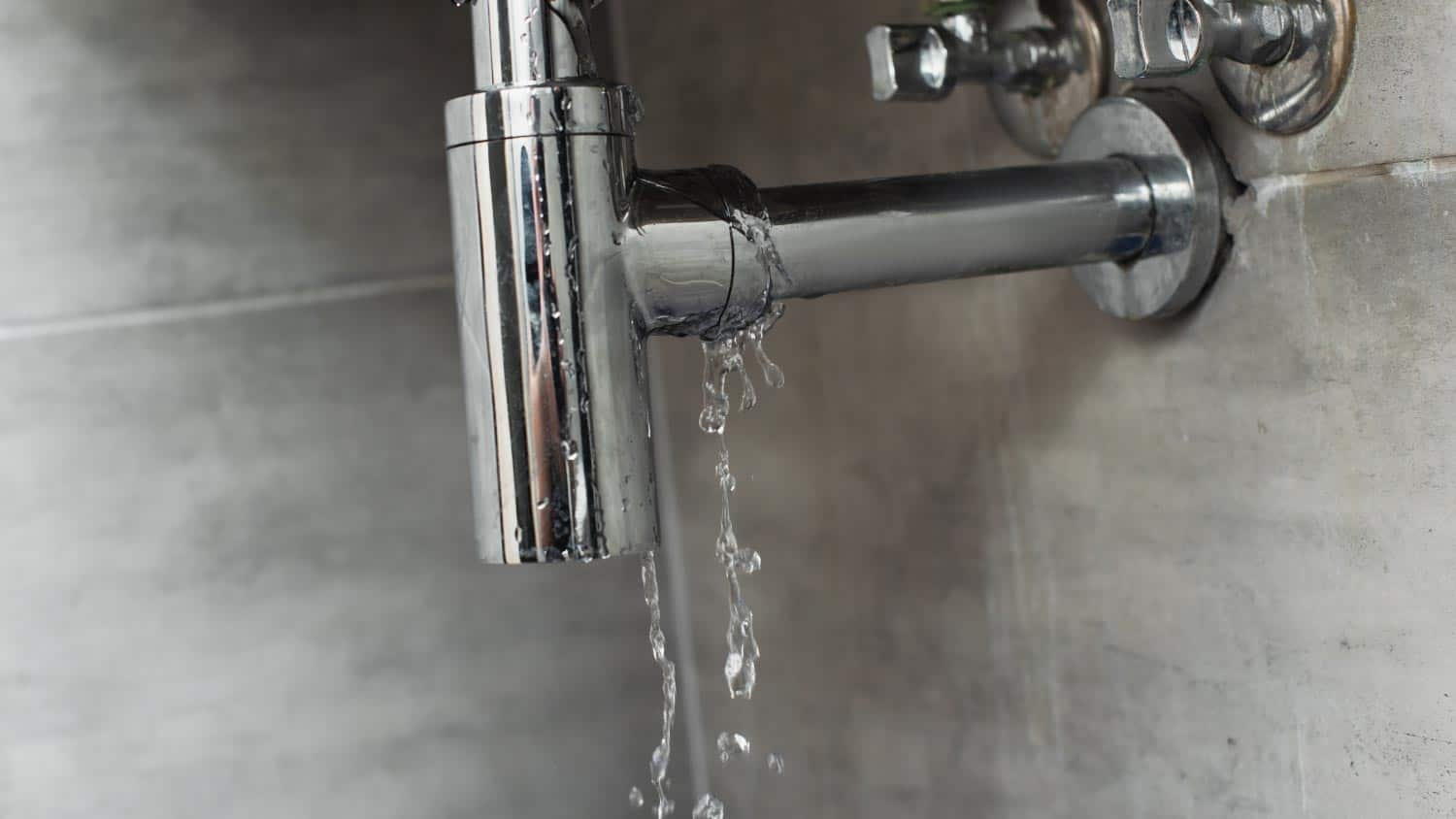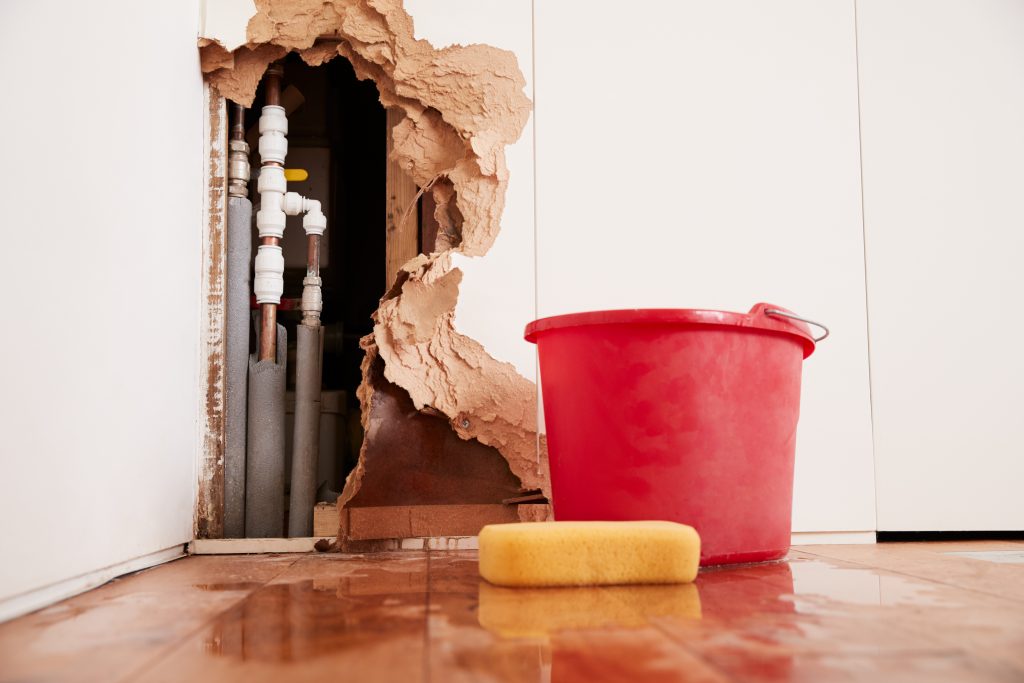6 Ways to Locate Concealed Water Leaks in Your House
6 Ways to Locate Concealed Water Leaks in Your House
Blog Article
Just about every person has their private notions on the subject of Top leak detection hacks.

Early discovery of dripping water lines can alleviate a prospective catastrophe. Some tiny water leakages might not be noticeable.
1. Take A Look At the Water Meter
Every house has a water meter. Checking it is a surefire manner in which aids you discover leakages. For beginners, shut off all the water sources. Make sure nobody will certainly purge, utilize the tap, shower, run the washing maker or dish washer. From there, most likely to the meter and also watch if it will certainly change. Given that no one is using it, there must be no activities. If it relocates, that suggests a fast-moving leak. If you discover no adjustments, wait an hour or 2 and inspect back once again. This indicates you might have a sluggish leakage that could also be underground.
2. Inspect Water Intake
If you spot abrupt adjustments, regardless of your intake being the very same, it means that you have leaks in your plumbing system. A sudden spike in your costs indicates a fast-moving leak.
A consistent boost every month, also with the same routines, reveals you have a slow leakage that's likewise gradually escalating. Call a plumber to extensively examine your residential or commercial property, particularly if you feel a cozy location on your flooring with piping underneath.
3. Do a Food Coloring Test
When it comes to water consumption, 30% comes from bathrooms. If the shade in some way infiltrates your bowl throughout that time without flushing, there's a leakage between the tank and bowl.
4. Asses Exterior Lines
Don't forget to examine your exterior water lines too. Needs to water permeate out of the link, you have a loose rubber gasket. One tiny leakage can lose heaps of water as well as spike your water costs.
5. Evaluate the situation and also check
Property owners should make it a behavior to inspect under the sink counters and also inside cupboards for any bad odor or mold and mildew growth. These 2 red flags suggest a leak so punctual interest is called for. Doing routine evaluations, also bi-annually, can save you from a significant problem.
More significantly, if you know your house is currently old, keep a watchful eye on your heating systems, hose pipes, pipelines etc. Check for discolorations and also compromising as the majority of home appliances and also pipes have a life span. They will certainly also normally deteriorate because of tear and also wear. Don't wait for it to intensify if you believe leaking water lines in your plumbing system. Call a professional plumber today so you don't end up with an awful mess in your house.
Early discovery of leaking water lines can minimize a potential calamity. Some tiny water leaks might not be noticeable. Checking it is a guaranteed method that assists you find leaks. One little leak can waste tons of water as well as increase your water costs.
If you believe dripping water lines in your plumbing system, don't wait for it to escalate.
WARNING SIGNS OF WATER LEAKAGE BEHIND THE WALL
PERSISTENT MUSTY ODORS
As water slowly drips from a leaky pipe inside the wall, flooring and sheetrock stay damp and develop an odor similar to wet cardboard. It generates a musty smell that can help you find hidden leaks.
MOLD IN UNUSUAL AREAS
Mold usually grows in wet areas like kitchens, baths and laundry rooms. If you spot the stuff on walls or baseboards in other rooms of the house, it’s a good indicator of undetected water leaks.
STAINS THAT GROW
When mold thrives around a leaky pipe, it sometimes takes hold on the inside surface of the affected wall. A growing stain on otherwise clean sheetrock is often your sign of a hidden plumbing problem.
PEELING OR BUBBLING WALLPAPER / PAINT
This clue is easy to miss in rooms that don’t get much use. When you see wallpaper separating along seams or paint bubbling or flaking off the wall, blame sheetrock that stays wet because of an undetected leak.
BUCKLED CEILINGS AND STAINED FLOORS
If ceilings or floors in bathrooms, kitchens or laundry areas develop structural problems, don’t rule out constant damp inside the walls. Wet sheetrock can affect adjacent framing, flooring and ceilings.
https://www.servicemasterbyzaba.com/blog/how-to-detect-water-leakage-in-walls/

I came across that blog posting on Hacks to detect leaks while exploring the internet. Enjoyed reading our post? Please share it. Let someone else locate it. We appreciate reading our article about Finding hidden leaks.
Report this page